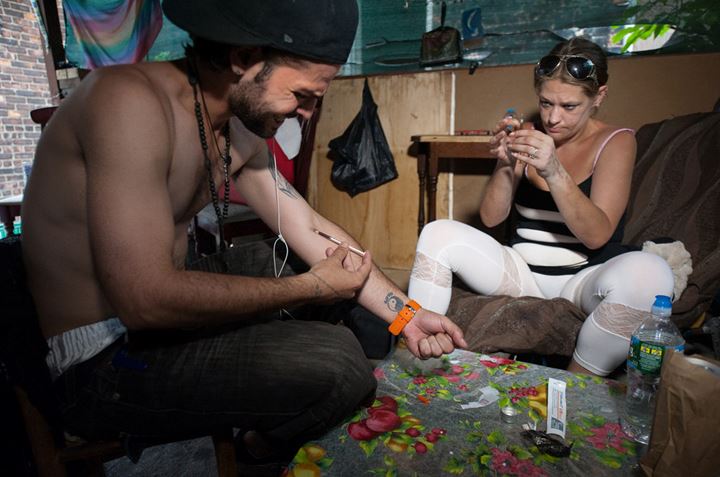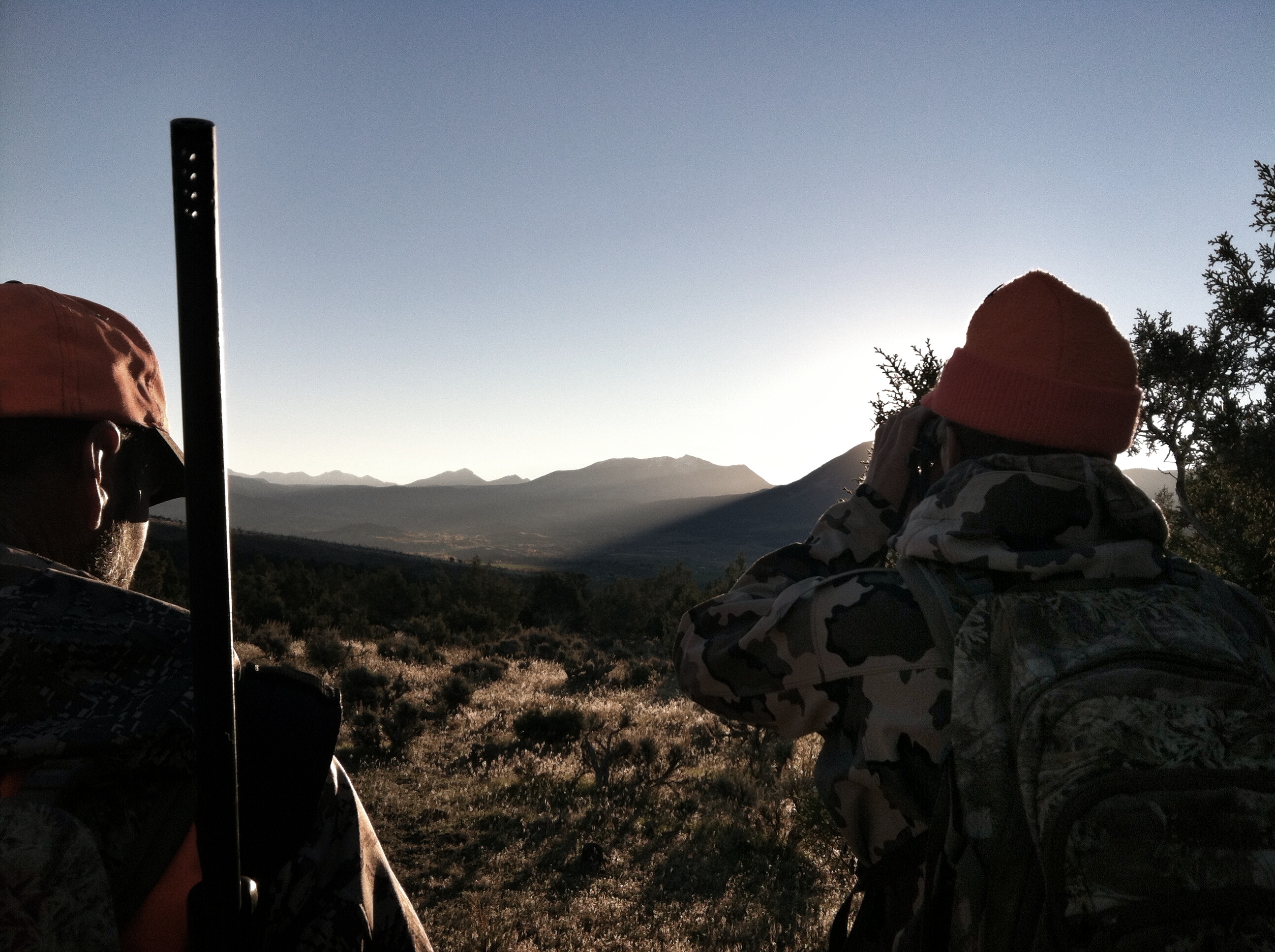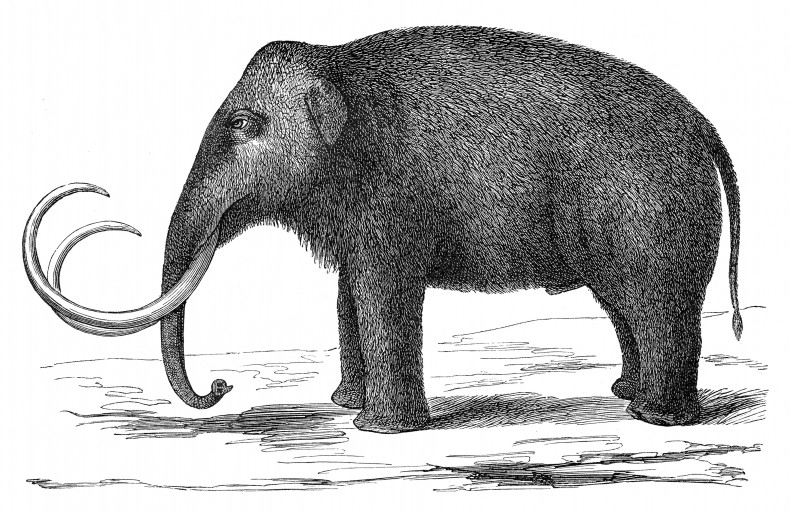 You’ve probably done this already or if you haven’t, you will: you sit in your doctor’s office and look at your doctor, your doctor sits at a desk and types on a computer. Your doctor apologizes for the lack of eye contact and explains something about health records now being electronic and tied to reimbursement. You hear “Electronic Health Records” and stop listening; it’s like “Health Policy” — who knows who makes that stuff or why.
You’ve probably done this already or if you haven’t, you will: you sit in your doctor’s office and look at your doctor, your doctor sits at a desk and types on a computer. Your doctor apologizes for the lack of eye contact and explains something about health records now being electronic and tied to reimbursement. You hear “Electronic Health Records” and stop listening; it’s like “Health Policy” — who knows who makes that stuff or why.
Your doctor complains about the non-intuitiveness and frustrating illogic of the program’s interface. You yourself know those bossy sites that force you through useless steps, sites on which you click five times on meaningless words to get one thing done; and you begin to sympathize, but it’s hard to express that without eye contact. Your doctor says these programs aren’t even interoperable, and then you remember the time you and your husband showed up for (minor but serious) surgery before dawn at the famous hospital and the hospital had no such surgery scheduled and had to call a surgeon out of bed; and later on, explained that your doctor’s computer and the hospital’s computer don’t talk to each other.
Your doctor, who is seriously pissed-off, winds up the office visit; she says she’s using an excellent medical education to do data entry and she’s spending more goddam time looking at the screen than at the patient. If you happen to have gone to more than one doctor in the past year or so, you’ll have heard this more than once. Everybody agrees that electronic health records are necessary and inevitable but a website devoted to them, reporting on a RAND study, says they’re causing the medical profession to have “high levels of disgruntlement.” No kidding. Continue reading






